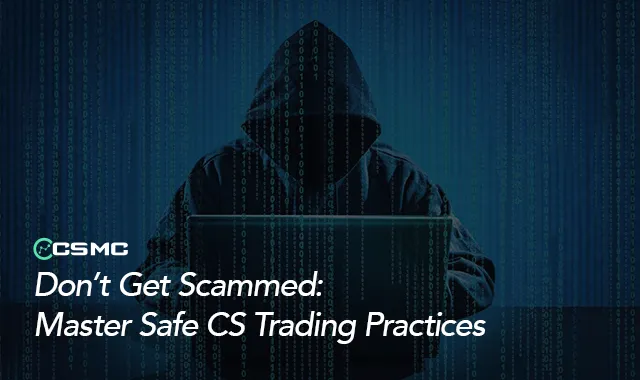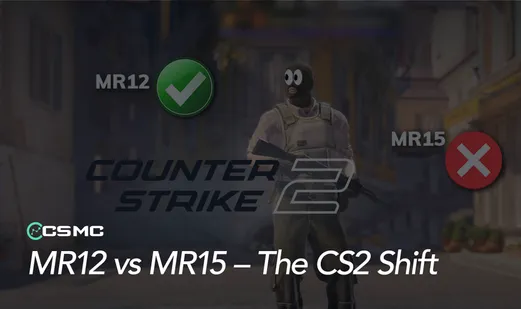Counter-Strike skins are not just digital cosmetics; they hold significant value, both financially and emotionally, for many players. With the thriving CS skin market, the risk of falling victim to scams has increased. Whether you’re a seasoned trader or just getting started, understanding how to avoid CS skin scams is crucial for protecting your investment and ensuring a safe trading experience.
Common Types of Scams in CS Skin Trading

When trading CS skins, it's essential to be aware of the various scams that can target unsuspecting players. Here are the most common ones:
Phishing Scams: Scammers often create fake websites or send deceptive links that mimic official platforms. These links are designed to steal your account information, leading to unauthorized access and loss of skins.
Impersonation Scams: Scammers might pretend to be well-known traders, friends, or even official representatives to gain your trust. They’ll often use similar usernames or profile pictures to fool you into thinking they’re legitimate.
Fake Middleman Services: In some trades, especially high-value ones, a third party or "middleman" is used to facilitate the trade. Scammers create bogus services that appear legitimate but are designed to steal your items.
Quick-Switch Scams: During a trade, the scammer might swap out the agreed-upon item with a lesser one at the last moment, hoping you won’t notice before confirming the trade.
Chargeback Scams: This scam involves receiving a payment for skins through a platform like PayPal, only for the scammer to reverse the payment after receiving the items, leaving you without your skins or the money.
Recognizing Red Flags and Warning Signs
Being aware of the red flags can help you avoid falling into a scam:
Unsolicited Trade Offers: Be cautious of random trade offers from strangers, especially if they’re offering deals that seem too good to be true.
Too-Good-to-Be-True Deals: If someone is offering a deal that feels overly generous, it’s likely a scam.
Pressure to Complete Trades Quickly: Scammers often rush you to finalize a trade, hoping you won’t take the time to notice something’s off.
Requests to Trade Outside Official Platforms: Trading outside of Steam or reputable third-party sites increases the risk of scams, as there’s no official record of the transaction.
Best Practices for Safe Trading
To trade CS skins safely, follow these best practices:
Use Trusted Platforms: Stick to Steam and well-known third-party marketplaces that have established reputations for secure trading.
Verify Trade Partners: Always check the profiles, trade history, and reputation of anyone you’re trading with. Tools like SteamRep can help verify a trader’s credibility.
Double-Check Trade Details: Before confirming any trade, thoroughly review the items and their conditions to ensure you’re receiving what was agreed upon.
Enable Two-Factor Authentication: Adding an extra layer of security, such as Steam Guard, helps protect your account from unauthorized access.
Tools and Resources for Safe Trading
Several tools and resources can help you trade safely:
Steam Guard and Mobile Authenticator: Use these tools to add an additional layer of security to your Steam account, making it harder for scammers to gain access.
Reputation Check Websites: Sites like SteamRep allow you to check the reputation of traders and see if they’ve been reported for scamming.
Community Forums and Groups: Participating in reputable CS trading communities provides access to advice, support, and warnings about known scammers.
What to Do If You Get Scammed
If you find yourself a victim of a scam, take these steps:
Report the Scammer: Use Steam’s reporting tools to notify Valve of the scammer’s activities.
Contact Support: Reach out to Steam Support for assistance. While recovering scammed items isn’t always possible, reporting the incident helps prevent others from being scammed.
Warn the Community: Inform others about the scammer through forums or trading groups to prevent further incidents.
Recovering Lost Items: Although recovering scammed items can be difficult, keeping detailed records of the transaction and working with support may help in some cases.
Conclusion
CS skin trading can be both exciting and profitable, but it comes with risks. By understanding the common types of scams, recognizing red flags, and following best practices for safe trading, you can protect yourself and your valuable skins from scammers. Always stay vigilant and use the tools available to ensure a secure trading experience.



